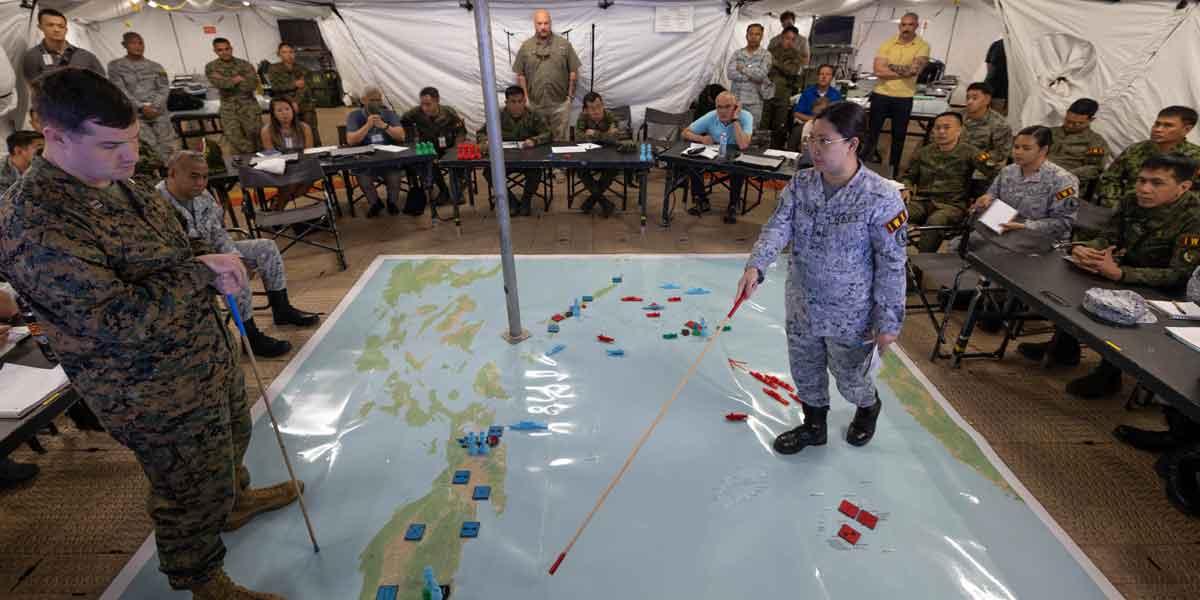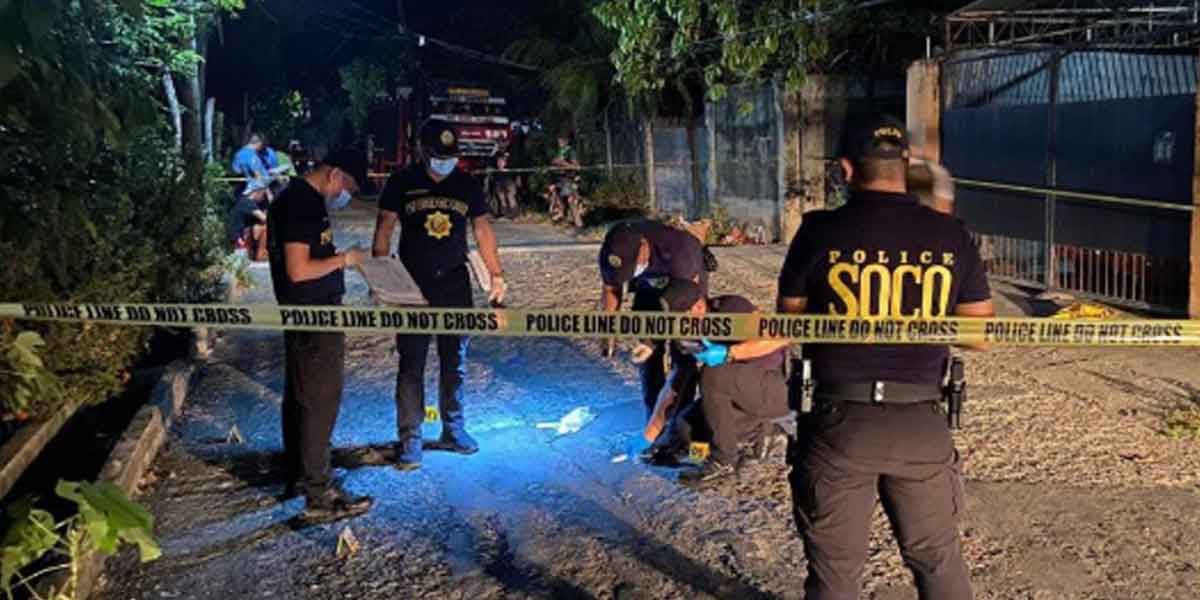 By Modesto P. Sa-onoy
By Modesto P. Sa-onoy
Tomorrow begins a four-day lockdown for mass testing of the citizens of Bacolod and selected areas of Occidental Negros. The residents are already forewarned of the restrictions and have prepared for another squeeze on their movements and the consequent impact on business and industry.
It can be reasoned that four days is brief considering we had undergone longer confinements for four months and we already know the impact on the livelihood of the people. Another lockdown will not be difficult – so the government reasoning goes.
If there is need for mass testing, the question is, how massive will that be? Bacolod alone has over half a million people, how many will be tested? Surely not all and these will be locked down to their homes while businesses are closed for lack of customers and workers, except the essential services.
The government will issue Home Quarantine Passes ostensibly to prevent the closure of businesses, but who gets this kind of privilege? The city alone will have to issue thousands of these passes today otherwise there will be a stampede for these passes. As usual, those with connections will be able to corner the bulk but ordinary citizens will probably just have to be content to stay home which is a better option.
The government has not yet identified the target individuals but probably by now they have a list. The radio broadcast talks about 5,000 residents in Bacolod – less than one percent of its population. If reports were true the testing of this number will take two days.
A bigger question is, granting a one percent “catch” of people with the virus, where will they be confined? Surely once the test confirms infection, the infected should be quarantined immediately. But where? Do the towns and the cities have the facilities for them?
We understand that once a person is tested, he will be confined to his house. Fine, no cost to the government. What happens when the person is found positive? The government must remove the person quickly and send him to the hospital or wherever he could be treated. Do we have the facility for just one percent or 100 people out of the 10,000 tested overall?
Heavens forbid we will have that one percent positive virus victims. What if two percent are positive? What if more?
The person tested will stay home – that saves money, but if he comes out positive of the virus then the entire household will have to be confined. The thought of this situation coming true is frightening.
Announcements had already been made that hospitals in Bacolod will not accept new patients regardless of who the victim is. That is terrible news, compounded by the cost that the patients will have to bear from profiteering hospitals.
Despite all the efforts to contain the virus through the face mask and now the face shields and lots of washing of hands with soap and alcohol, physical distancing and refraining from physical contact, the virus continues to spread.
Is it possible then that all these efforts are not effective enough and the government is using the means that do not address the real cause or nature of the virus?
An article by Steve Jalvesac in LifeSite News sent to me last August 22 with a request to share it with my readers, claims that “the truth is that COVID-19 is like a bad cold for most people; this is not Ebola or the plague.” He also claims that the one-fits-all solution, like mandatory face mask, has no medical evidence it can stop the virus.
Surely our government will not accept those assertions but has the government bothered to check the effectiveness of the masks being used? I have four kinds of masks not that I needed so much but because I learned that not all of them are certified or authenticated to be able to keep the virus out.
Many of the masks I see around are of the cheap kind – mere cloths made into masks. They are as useless as having no masks but they create a false sense of security to the user, to the public and to the government. This is probably the reason that although people wear masks when they move around, the virus continues to spread.






















